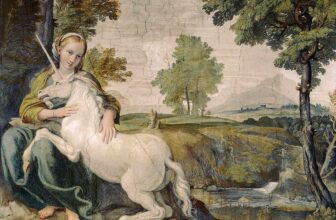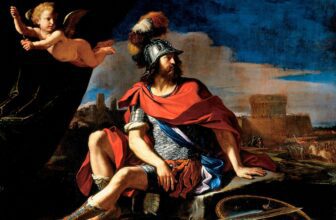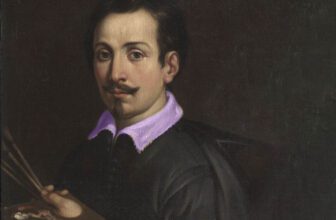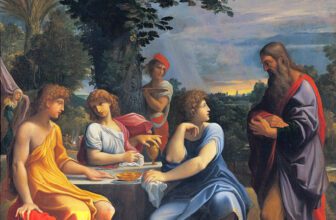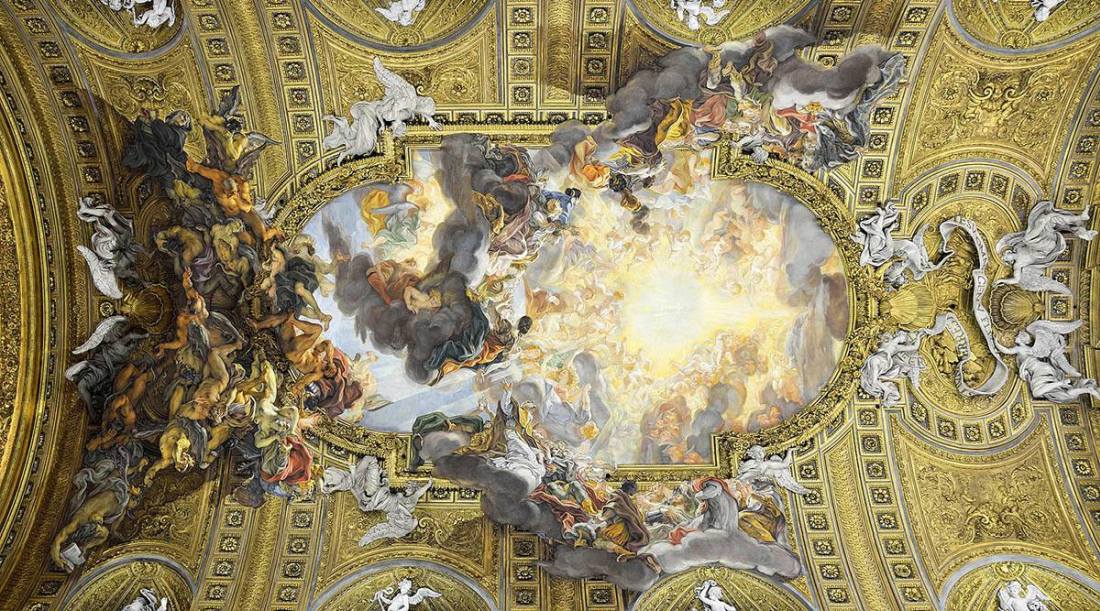
What Is Giovanni Battista Gaulli Known For
In the grand churches of Rome, where baroque art explodes across domes and ceilings in celestial choreography, one name rises in gilded letters: Giovanni Battista Gaulli. Known affectionately as Il Baciccio, Gaulli was a master of illusion, a pioneer of theatrical ceiling painting, and a bridge between the grandeur of the High Baroque and the delicate emotions of the Rococo. His life, filled with passion, ambition, and relentless creativity, was a testament to the power of art to inspire awe and elevate the soul.
A Life Born in a Time of Artistic Ferment
Giovanni Battista Gaulli was born on May 8, 1639, in Genoa, a port city that was a melting pot of trade, culture, and creativity. Orphaned during a devastating plague at a young age, he was taken in by a local art dealer who recognized the boy’s talent and exposed him to the vibrant world of Genoese painting. The Genoese school, with its dramatic contrasts and deep shadows, left a profound mark on the young artist.
By his late teens, Gaulli had shown enough promise to travel to Rome, the beating heart of the Catholic world and the artistic capital of Europe. It was in Rome that his artistic journey would truly begin, and where he would meet the man who would change his life: Gian Lorenzo Bernini.
Mentorship Under Bernini: A Turning Point
Bernini, the colossus of Baroque sculpture and architecture, saw something extraordinary in Gaulli. The sculptor was not only impressed by his natural talent but also by his adaptability, intellect, and imaginative vision. Bernini took the young painter under his wing, mentoring him and guiding him into the elite circles of Roman art and religion.
It was under Bernini’s patronage that Gaulli received the commission that would define his career: the decoration of the ceiling of the Church of the Gesù in Rome, the mother church of the Society of Jesus (Jesuits).
Triumph in the Heavens: “The Triumph of the Name of Jesus”
Completed between 1672 and 1685, the ceiling fresco of the Church of the Gesù, titled “The Triumph of the Name of Jesus”, is one of the most extraordinary achievements in Baroque art. Gaulli combined fresco and stucco to create an illusionistic vision of heaven bursting into the church’s nave.
In this monumental work, clouds swirl, angels fly, and the damned are cast into shadow and fire, all converging around the radiant monogram of Christ, “IHS”. The painting was revolutionary for its use of quadratura, a technique that made architectural space seem to open up to the heavens. Visitors to the church are often left breathless, unsure of where the real ceiling ends and the painted heavens begin.
This masterpiece sealed Gaulli’s reputation as a visionary of Baroque illusionism, earning him accolades and commissions from across Italy and Europe.
Gaulli is best known for his mastery of Baroque ceiling frescoes, particularly those that blend painting with architecture to create immersive, three-dimensional illusions. His style is characterized by:
Dramatic use of chiaroscuro (light and shadow).
Vivid and dynamic movement.
Theatrical composition with spiritual intensity.
Sophisticated foreshortening that creates an illusion of infinite space.
He was not just a painter of spiritual ecstasy but also a portraitist, capturing Roman elites with a penetrating, yet graceful touch.
Gaulli’s Most Famous Paintings
While “The Triumph of the Name of Jesus” remains his magnum opus, Gaulli left behind a portfolio of masterful works that continue to captivate art lovers.
1. The Triumph of the Name of Jesus (1672–1685)
Location: Church of the Gesù, Rome
Medium: Fresco and stucco
Significance: Gaulli’s masterpiece, a fusion of architecture, sculpture, and painting into a unified spiritual vision.
2. Adoration of the Name of Jesus
Location: Church of the Gesù (nave vault and dome)
Often considered a companion piece to the ceiling fresco, continuing the themes of divine glorification.
3. Portrait of a Young Man (circa 1670s)
Location: Museo Thyssen-Bornemisza, Madrid
A striking example of Gaulli’s sensitivity as a portraitist, capturing elegance and emotional subtlety.
4. The Baptism of Christ
Location: Church of San Tommaso di Villanova, Castel Gandolfo
A graceful, flowing depiction of Christ’s baptism, infused with divine light and dynamic composition.
5. Assumption of the Virgin
Location: Church of Santa Maria dell’Orazione e Morte, Rome
Another ceiling fresco showing the Virgin ascending into heaven surrounded by angels and cherubs.
6. Allegory of the Divine Wisdom
Location: Palazzo Barberini, Rome
A philosophical and spiritual allegory rendered with Gaulli’s typical flair for dramatic movement and color.
How Many Paintings Did Giovanni Battista Gaulli Create?
Though exact numbers are hard to determine due to lost or undocumented works, art historians estimate that Gaulli created over 150 documented works, including:
Major fresco cycles in churches across Rome and Genoa.
Dozens of altarpieces.
Numerous portraits of Roman nobility and church officials.
Smaller religious panels and drawings, many of which are preserved in private collections and museums.
His active career spanned nearly five decades, from the 1660s until his death in 1709, during which he maintained a large studio of assistants and students.
What Is the Most Expensive Painting by Gaulli?
While Gaulli’s works are mostly frescoes, which are immovable and thus not sold on the open art market, several canvas works and portraits attributed to him have come up for auction.
The most expensive Gaulli painting ever sold at public auction is believed to be:
“Portrait of a Young Nobleman”
Auction House: Sotheby’s or Christie’s (exact sale year varies by record)
Sale Price: Estimated between $700,000 to $1.2 million USD
Medium: Oil on canvas
Note: These paintings, often of uncertain attribution due to workshop involvement, are rare and highly valued.
However, private sales of his altarpiece-style works may have commanded higher sums. His ceiling works, especially those in the Gesù, are considered priceless.
Legacy of Giovanni Battista Gaulli
Gaulli’s influence on the world of Baroque art is profound. His innovations in illusionistic ceiling painting laid the groundwork for later artists like Andrea Pozzo and Giovanni Battista Tiepolo. His ability to fuse theatricality with devotional intensity defined a generation of ecclesiastical art.
Beyond his technical mastery, Gaulli embodied the spiritual aspirations of the Catholic Reformation. In a time when the Church sought to reclaim its authority through beauty and awe, his paintings became instruments of divine persuasion. His works were designed not just to be seen
